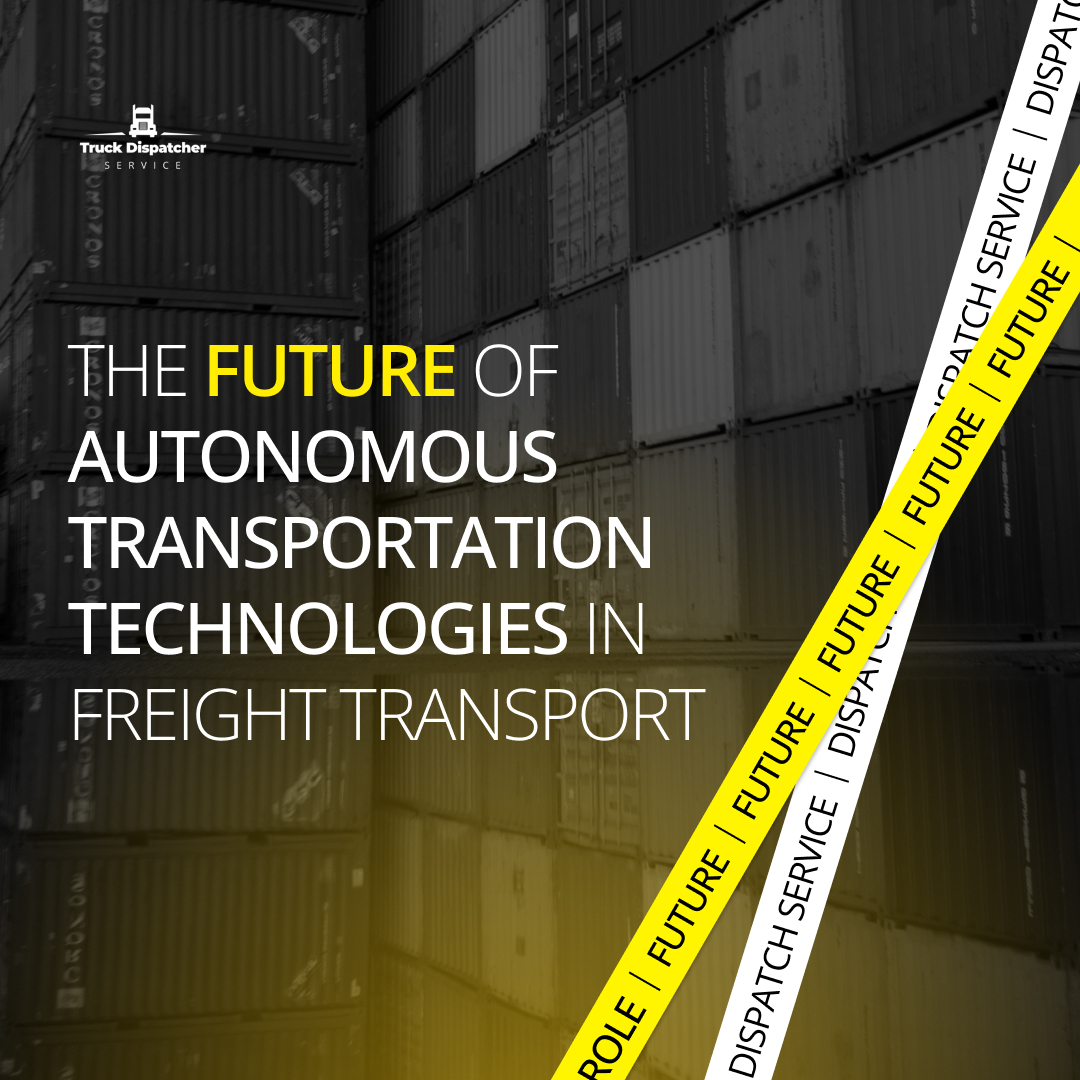In the world of logistics, time is money. Efficient time management plays a pivotal role in ensuring that goods are transported swiftly and safely from point A to point B. With the growing demands of modern commerce, businesses are constantly seeking ways to streamline their supply chains and minimize delivery times. In this article, we will explore several strategies and technologies that can help logistics companies reduce the time it takes to deliver cargo.
Advanced Route Planning
One of the fundamental steps in managing time effectively in logistics is optimizing routes. Advanced route planning software uses real-time data, traffic patterns, and weather conditions to identify the fastest and most efficient routes for transportation. By minimizing detours and avoiding congestion, logistics companies can significantly reduce delivery times.
Predictive Analytics
Predictive analytics uses historical data and machine learning algorithms to forecast demand and potential disruptions in the supply chain. By identifying potential bottlenecks or delays in advance, logistics companies can proactively adjust their plans and allocate resources efficiently. This ensures that cargo is delivered on time, even in unpredictable situations.
Efficient Warehousing
Efficient warehousing practices can also have a substantial impact on delivery times. Implementing automation, robotics, and smart inventory management systems can reduce the time it takes to process and load cargo onto trucks. Additionally, strategically located warehouses can minimize the distance goods need to travel before reaching their destination.
Cross-Docking
Cross-docking is a logistics strategy that involves unloading incoming cargo from one transportation vehicle and directly loading it onto another, with minimal storage time in between. This method reduces storage costs and transit times, as goods can be quickly transferred from one mode of transport to another, such as from a truck to a train or from a train to an airplane.
Just-in-Time (JIT) Inventory
Implementing a Just-in-Time inventory system allows logistics companies to minimize inventory holding costs and reduce delivery times. With JIT, goods are ordered and delivered only when they are needed, eliminating the need for excessive warehousing and reducing the time spent in storage.
Collaborative Logistics
Collaborative logistics involves partnering with other companies in the supply chain to share resources, infrastructure, and information. By pooling resources and working together, logistics companies can optimize routes and reduce transportation costs, ultimately leading to faster deliveries.
IoT and Tracking Technologies
The Internet of Things (IoT) and tracking technologies enable real-time monitoring of cargo and transportation vehicles. With sensors and GPS devices, logistics companies can track the location and condition of goods in transit. This not only enhances security but also allows for better route optimization and prompt response to any unforeseen issues.
Efficient time management in logistics is essential for meeting the demands of today’s fast-paced global marketplace. By implementing advanced technologies, optimizing routes, and adopting innovative strategies, logistics companies can significantly reduce cargo delivery times. This not only improves customer satisfaction but also enhances the overall efficiency and profitability of the supply chain. As the logistics industry continues to evolve, staying ahead in time management will remain a critical factor for success.

 +1 773 649 1774
+1 773 649 1774

